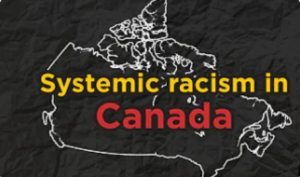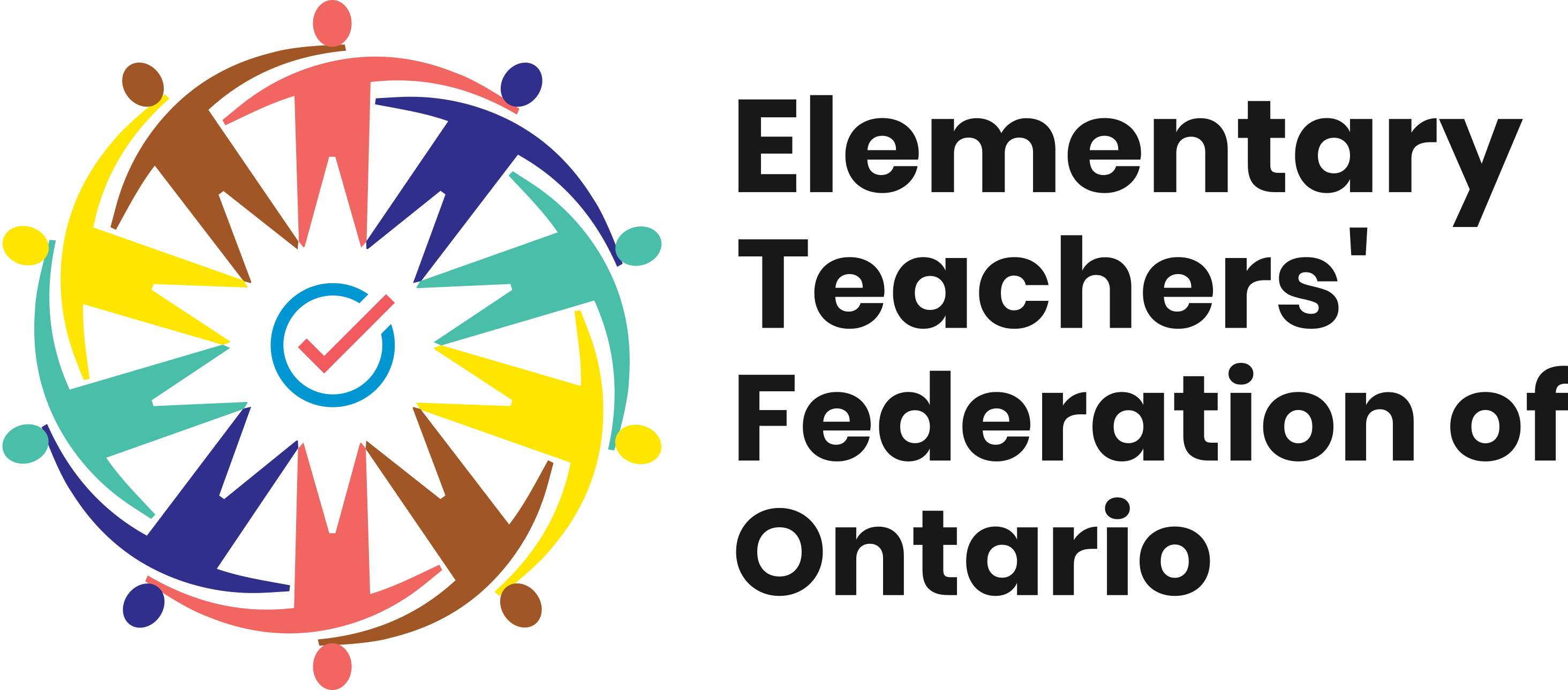Photo By: Pavel Danilyuk
Ponder This:
What did you learn about Black Canadian history in elementary and secondary school?
What was the narrative you were told regarding Black people in Canada? Did it begin pre-colonization?
“The adoption of multiculturalism helped stabilize white supremacy by transforming its mode of articulation in a decolonizing era” (Maynard, 2017; Thobani, 2007: n.p., p. 50).
A Very Brief Canadian History
The prevailing myth in the United States is that Americans have overcome their racist past and are no longer racist, and the prevailing myth in Canada is that we are a country without a history of racism.
- July 1784: “the first race riot in North America.” The confrontation ignited a wave of
violence in Shelburne County that lasted approximately ten days. The majority of the
attacks targeted the county’s free Black population.
- Contrary to popular belief, Slavery was practiced in Canada until 1834.
- Black families have petitioned the government and school boards for fair access and equity in education since the early 1800s.
- Ontario was one of two provinces that legislated Black segregated schools.
- The doors of Ontario’s last segregated school closed in 1965, while the last segregated school in Canada, located in Nova Scotia, closed in 1985.

Black Resilience over generations paved the way for the Black Lives Matter movement, which is recentering the narrative of Black Lives in Canada today. Unfortunately, systems of Anti-Black Racism are still part of the fabric of Canadian society and are still evident in our education system today. A big part of the change that needs to occur to combat Anti-Black Racism is the intentional education of students on the whole history of Canada instead of some of the highlighted parts.
One of the structural ways Black people continue to be discriminated against today is in education.
Far too often, contributions, innovations, and the ingenuity of Black people are not discussed within schools and learning environments until February, when there is a hyper-focus on Black History. During this month (February), there is a great focus on retelling the stories of oppression Black people have faced, which are presented as the only stories of triumph and fortitude attributed to Black people. In this guise, there is also a hyper-focus on American society and American issues, painting a false narrative of Canada’s racist past and present.
There needs to be a change in how we educate about the history of Black people in Canada. “It has to be changed in policies, practices, and it has to be systems change” (Hogarth, 2020). I boldly say that the change must begin in education.
“Racism is a learned behaviour that can be mitigated through the education of Ontario’s youngest learners. While there are topics in Ontario’s curriculum related to anti-racism and anti-discrimination and options for more in-depth teaching, explicit learning expectations related to Black history and issues must be built into the curriculum. A key issue that must be addressed is integrating discrimination and racism into teaching through a critical race lens. The instruction and learning must be ongoing. One-off lessons are insufficient to raise awareness and knowledge of the impacts of anti-Black racism and Black contributions to Canadian society” (Building Better Schools, 2023).
ETFO’s 365 Calendar provides ” educators and students with a visual touchstone to embed the voices of those who have been marginalized or silenced.” This resource highlights and celebrates many of the contributions and innovations of Black Canadians that have shaped Canada into the vibrant nation that it is today. Though it is by no means an exhaustive list, it provides Elementary educators with the tools necessary to ’embed Black Canadian history in classrooms throughout the school year.”
A Call to Action
- Deepen your understanding of the effects and impact of Anti-Black racism in education.
- Find, read, and become familiar with your school board’s Dismantling Anti-Black Racism Strategy (if your board does not yet have one, advocate for intentional work in implementing one).
- Conduct an audit of your unit plans, lesson plans, and teaching resources.
- Ask yourself:
- Do they provide windows of learning that represent the diversity of cultures, achievements, innovations, and impact of Black people in Canada and worldwide?
- Are Black students mirrored in engaging and uplifting ways in the resources used, conversations had, and lessons learned?
- Recognize how your own social positionality (e.g., race, class, gender, sexuality, ability) informs your perspectives, reactions, and responses as you engage with Black students and colleagues.
- Remember that learning is ongoing. There is no one-and-done approach to systemic reformation.
- Step out of your comfort zone and dare to engage in teaching and learning that intentionally amplifies the too often missing and omitted voices of everyday Black change-makers.
- Join the fight in Addressing Anti-Black Racism in Education.
“ETFO supports calls by the Ontario Black History Society, Black families and others for the Ontario government to make Black studies a greater part of the public elementary curriculum” (Building Better Schools, 2023).
Black Canadian
References:
Aylward, C. (1999). Canadian critical race theory: Racism and the law. Fernwood Publishing.
Building Better Schools. (n.d.). Retrieved January 8, 2023, from https://www.buildingbetterschools.ca/addressing_anti_black_racism
CBC News. (2021). Being Black in Canada. CBC News: Special Presentation. YouTube Video. Retrieved from https://www.youtube.com/watch?app=desktop&v=Ntn0Nz8OT44&t=12s&ab_channel=CBCNews
Elementary Teacher’s Federation of Ontario. (n.d.). Retrieved February 1, 2023, from https://www.etfo.ca/classroom-resources/365-black-canadian-curriculum/365-black-canadian-curriculum-34d475930fc96a7121246be5c24e8be2
Gibson, D.O. (2018). Black Canadian. Hype B for Prosound Studios. YouTube video. Retrieved from https://www.youtube.com/watch?app=desktop&v=HSiQrXANexA&ab_channel=D.O.Gibson
Ladson‐Billings, G. (1995). But that’s just good teaching! the case for culturally relevant pedagogy. Theory Into Practice, 34(3), 159–165. https://doi.org/10.1080/00405849509543675
Lemert, C. (2021). Social Theory: The Multicultural, Global, and Classic Readings. 7th Edition. Routledge (Taylor & Francis). (Original work published 1993).


